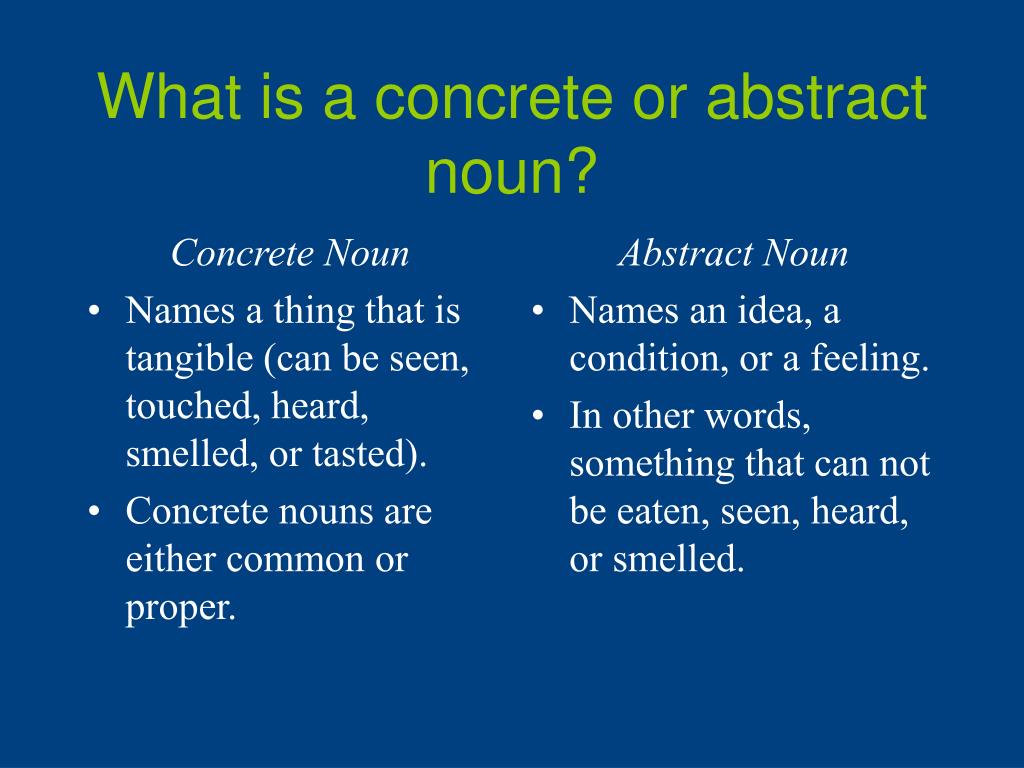

The degree to which a construct is useful and accepted in the scientific community depends on empirical research that has demonstrated that a scientific construct has construct validity (especially, predictive validity).

For example, the concepts of motivation in psychology and center of gravity in physics are constructs - they are not directly observable. A construct is a hypothetical explanatory variable that is not directly observable. The concept of a "construct" has a long history in science it is used in many, if not most, areas of science. The use of constructs in science Main article: Construct_(philosophy_of_science) Accordingly, the real error is an example of what I have termed: The Fallacy of Misplaced Concreteness. I hold that by a process of constructive abstraction we can arrive at abstractions which are the simply located bits of material, and at other abstractions which are the minds included in the scientific scheme. among the primary elements of nature as apprehended in our immediate experience, there is no element whatever which possesses this character of simple location. Whitehead rejects the notion that a concrete physical object in the universe can be ascribed a simple spatial or temporal extension, that is, without reference of its relations to other spatial or temporal extensions.

Whitehead proposed the fallacy in a discussion of the relation of spatial and temporal location of objects. It is an example of what I will call the ‘Fallacy of Misplaced Concreteness.’ There is an error but it is merely the accidental error of mistaking the abstract for the concrete. In the philosophy of Alfred North Whitehead, one commits the fallacy of misplaced concreteness when one mistakes an abstract belief, opinion or concept about the way things are for a physical or "concrete" reality. In reification they are usually philosophical or ideological, such as existence, good, and justice. Sometimes a distinction is drawn between reification and hypostatization based on the kinds of abstractions involved. Difference between reification and hypostatisation Reification may derive from an inborn tendency to simplify experience by assuming constancy as much as possible. When human-like qualities are attributed as well, it is a special case of reification, known as pathetic fallacy (or anthropomorphic fallacy). Reification can also occur when a word with a normal usage is given an invalid usage, with mental constructs or concepts referred to as live beings. Reification often takes place when natural or social processes are misunderstood and/or simplified for example when human creations are described as “facts of nature, results of cosmic laws, or manifestations of divine will”. For example, "Justice is blind the blind cannot read printed laws therefore, to print laws cannot serve justice." In rhetoric, it may be sometimes difficult to determine if reification was used correctly or incorrectly.įrom Latin res thing + facere to make, reification can be loosely translated as thing-making the turning of something abstract into a concrete thing or object. Note that reification is generally accepted in literature and other forms of discourse where reified abstractions are understood to be intended metaphorically, but the use of reification in logical arguments is usually regarded as a fallacy. Mathematical or simulation models may help understand a system or situation but real life always differs from the model. For example: if the phrase "holds another's affection", is taken literally, affection would be reified.Īnother common manifestation is the confusion of a model with reality. In other words, it is the error of treating as a "real thing" something which is not a real thing, but merely an idea. Reification (also known as concretism, or the fallacy of misplaced concreteness) is a fallacy of ambiguity, when an abstraction (abstract belief or hypothetical construct) is treated as if it were a concrete, real event, or physical entity. 3 Difference between reification and hypostatisation.


 0 kommentar(er)
0 kommentar(er)
